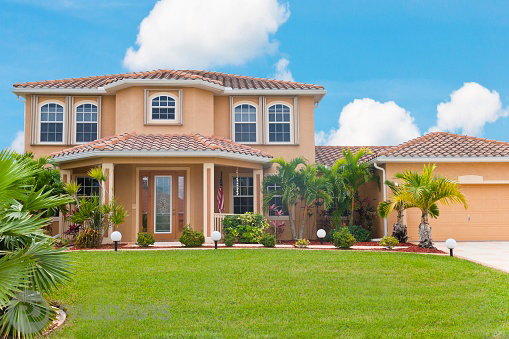
Homeowners who spend time away from properties they own need to be aware that their insurer may determine their primary and secondary vacation home(s) vacant or unoccupied if left for a certain length of time. Insurers deem vacant or unoccupied houses a greater risk for vandalism, theft, weather-related perils, and flood and fire damage. Most homeowners insurance premiums are based on the lower-risk scenario of occupied properties. If you’re unsure how well protected you are when taking extended trips or sharing time between primary and secondary homes, a conversation with your insurance agent is a wise thing to do before leaving.
Many insurers offer special seasonal and vacation home coverage, but you also may need coverage for your unoccupied primary residence. Even when you’re away for extended periods for medical treatment or renovation work, additional coverage may be needed. Rental properties and a property for sale may sit vacant for weeks or months. Not gaining additional coverage during this time may be penny-wise and pound-foolish.
In general, the definitions for unoccupied or vacant homes rest on these considerations. ‘Unoccupied’ refers to a property left as is, which owners can return to at any time. ‘Vacant’ refers to a home that has been emptied and left unattended for a period longer than 30 days. Different insurers follow different company rules regarding how long a house can be unoccupied before the homeowners' insurance will require an endorsement or be canceled. Understanding their rules ahead of your next trip is worth the little effort required to be in the know.
